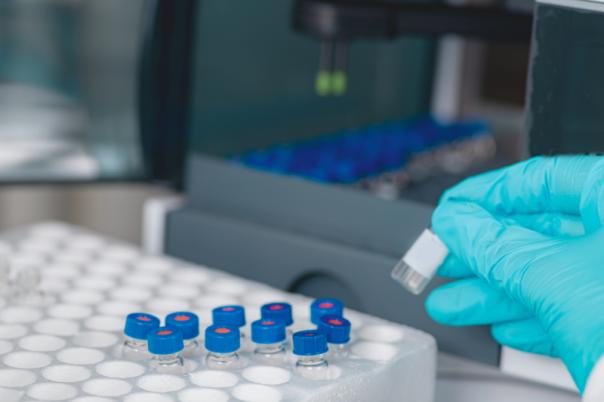Aligning with industry efforts to make biopharma greener, there has been a major shift towards propellant use for pressurised metered dose inhalers (PMDIs). There has been a movement away from hydrofluoroalkanes such as HFA227ea to newer and more environmentally friendly options like HFA152a and HFO1234aze.
Fabrizio Dissegna, Formulation Scientist at Chiesi, explained that this change was driven by the Kigali amendment to the Montreal Protocol, which took place in 2016. The change mandates lower global warming potential (GWP) propellants.
Changing the propellant can impact performance aspects of PMDI products, including chemical stability, plume characteristics, and patient usability. Furthermore, propellant type can impact critical quality attributes.
Along with other formulation and device variables, the chemical nature of the propellant plays a major role in determining the properties of the plume generated and therefore, the safety and efficacy of the product. Overall, these changes can significantly alter the therapeutic performance and require careful reformulation.
In order to help propellants achieve a high likelihood of success in the first phase IVBE (in vitro, in vivo, bioequivalence), Chiesi developed a model called Modulite, a technological platform that simulates and optimises PDMI products. Dissegna highlighted the model’s key capabilities, including empirical modelling of fine particle fraction and MMAD, prediction of deposition profiles without extensive lab testing, and rational design of reformulated products to match performance targets.
Companies can also streamline product approval by pursuing a stepwise regulatory strategy starting with in vitro bioequivalence (IVBE). Dissegna mentioned that if successful, this can bypass more costly and time-consuming PK & PD studies, preserving treatment continuity and reducing development burden.
To showcase the success of Modulite, Dissegna presented a case study on the reformulation of Trimbow, a triple fixed-dose PDMI combination of BDP, FF, and GB. Trimbow was reformulated with a new propellant while maintaining delivered dose and fine particle mass, i.e., key parameters for in vitro characterisation. It also achieved clinical efficacy and safety across all three APIs and extra fine deposition.
Dissegna concluded: “In conclusion, with the advent of new propellants in order to achieve sustainability and continuity of treatment for the patients, we need to run fast and submit new products with the new propellants.”




